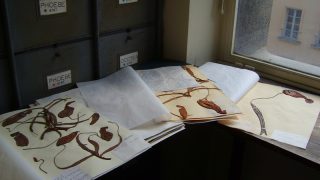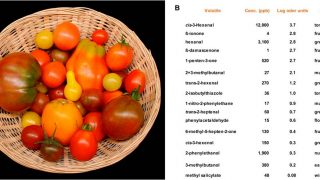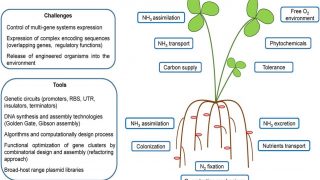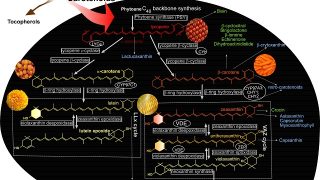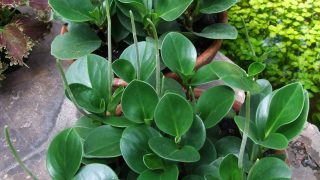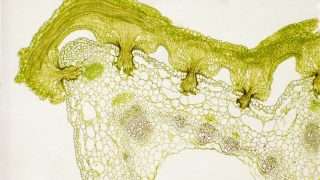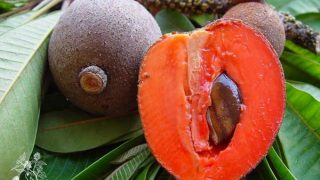
TRAMIL: Program of Applied Research to Popular Medicine in the Caribbean
Authors: Gerardo Cebrián-Torrejón 1, Michelle Salas Pinel 1,2 1 Laboratoire COVACHIM-M2E EA 3592, Université des Antilles, 97157 Pointe-à-Pitre Cedex. 2 Forest engineer. Heredia. Costa Rica. The Applied Scientific Research Program of Medicinal Plants, k nown as TRAMIL, is an investigation program of traditional and popular medicine from the Caribbean, whose purpose is to rationalize health […]

